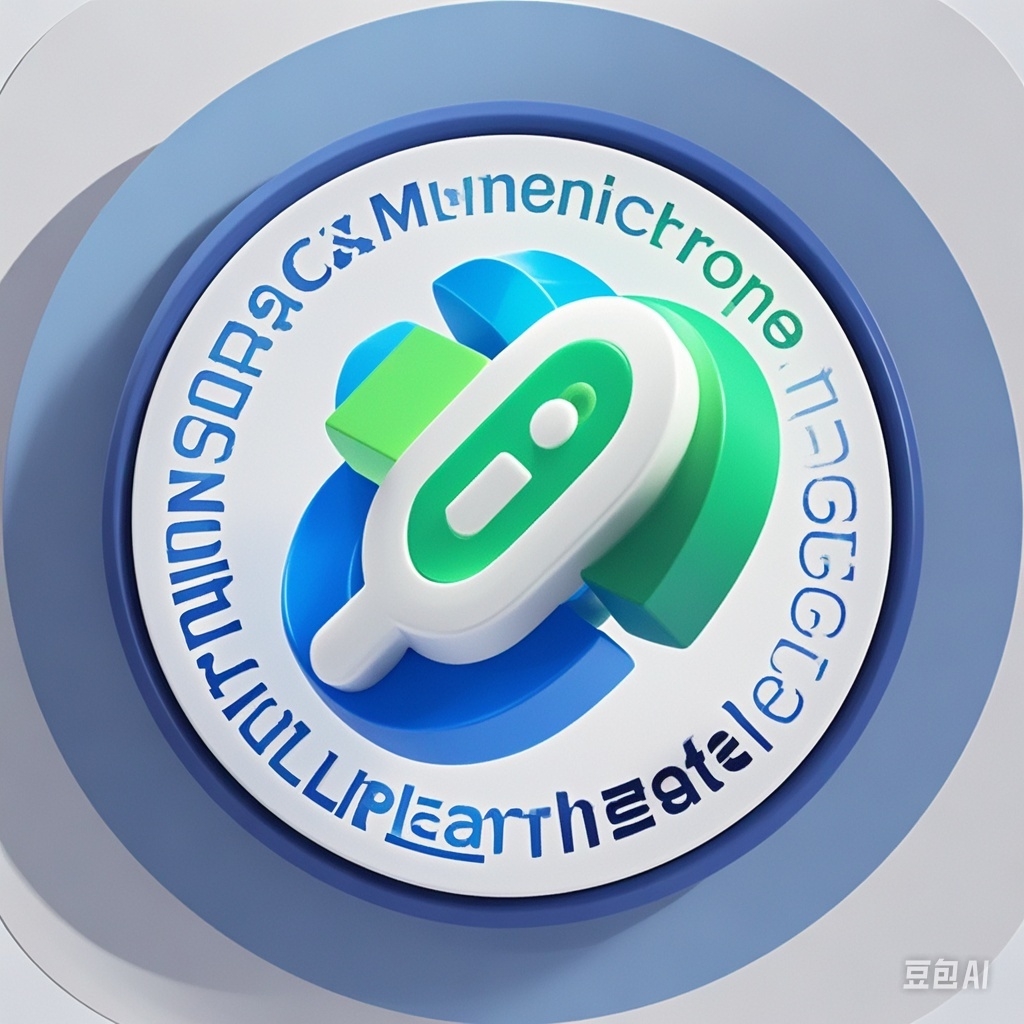获取结果失败,请稍后再试。

智能问答助手

结合文献知识库,保留通用大模型的能力,为您提供知识问答服务!
通用大模型
RAG知识库问答

The MAJIS (Moons And Jupiter Imaging Spectrometer) instrument, part of the JUICE (JUpiter ICy moons Explorer) mission, is a crucial tool for investigating the composition and dynamics of Jupiter's atmosphere, and the surfaces and exospheres of its icy moons. To optimize observational planning and assess instrument performance, we have developed a radiometric simulator that accurately models MAJIS expected signal from various Jovian system targets. This simulator incorporates instrumental parameters, the spacecraft trajectory, observational constraints, and Jupiter's radiation environment. It provides essential outputs, including Signal-to-Noise Ratio (SNR) predictions and optimized instrument settings for different observational scenarios. By simulating both radiometric performance and de-spiking strategies to mitigate the impact of Jupiter radiation belt, the tool aids in refining observation strategies throughout the MAJIS operations. Several scientific applications demonstrate the simulator capabilities, from mapping the surfaces of Ganymede and Europa to detecting exospheric emissions and atmospheric composition on Jupiter. This simulator is a critical asset for maximizing MAJIS scientific return and ensuring optimal data acquisition during MAJIS exploration of the Jovian system. Study cases are presented for illustrating the capability of the simulator to model scenarios such as high-resolution mapping of Ganymede, exosphere characterization and hotspot detection on Io and Europa. These simulations confirm the potential of MAJIS for detecting key spectral features with high signal to noise ratio so as to provide major contributions to the main goals of the mission: habitability and compositional diversity in the Jovian system.
The High-resolution Volatiles and Minerals Moon Mapper (HVM3) is a pushbroom shortwave infrared (SWIR) imaging spectrometer developed at NASA's Jet Propulsion Laboratory (JPL), California Institute of Technology, for the Lunar Trailblazer mission. The mission, a part of NASA's Small Innovative Missions for Planetary Exploration (SIMPLEx) program, pairs HVM3 with University of Oxford's Lunar Thermal Mapper (LTM) to determine the form, abundance, and distribution of water on the Moon, while providing a potential reconnaissance opportunity for future landed missions. The HVM3 optical design utilizes heritage from NASA's Moon Mineralogy Mapper (M-3), and maintains a compact form while extending to longer wavelengths. Operating at F/3.4 with a spatial resolution of 70 meters per pixel and a spectral resolution of 10 nm over the 0.6 to 3.6 microns spectral range, HVM3 is optimized for the detection of volatiles to map OH, bound H2O, and water ice at the Moon, including the Moon's permanently shadowed regions (PSRs). We discuss the optical specifications, optical design, alignment, and initial measured laboratory performance of the HVM3 instrument.
The Ultra-Compact Imaging Spectrometer Moon (UCIS-Moon) instrument is an imaging spectrometer designed for integration with a lander or rover for lunar surface science missions. Operating over a 600-3600 nm spectral range with 10 nm sampling and 1.15 mrad IFOV, UCIS-Moon is capable of detecting spectral absorptions from common lunar minerals, OH species, molecular H2O, water ice, organics, and placing mineral identifications within an established geologic context at the cm to m scale. We present an instrument design capable of surviving the harsh lunar environment in the daytime with temperatures as high as 370 K, while providing high-quality spectral data.
Context. Recent measurements by IBEX and detailed modeling have changed our understanding of the flow of the interstellar medium through the solar system. In particular, a time dependence of the direction of the interstellar medium flow has been proposed, and a new population of helium atoms, called the warm breeze, has been discovered. Aims. We aim to constrain the structure of the interstellar medium close to the downwind focusing cone using the sensitive LAMP FUV/EUV imaging spectrograph onboard the Lunar Reconnaissance Orbiter. Methods. We measured the brightness of the emission line from interstellar helium atoms resonantly scattering solar photons at 58.4 nm (HeI) and compare it to our modified cold model of interstellar HeI sky brightness as a function of ecliptic latitude and longitude. Additionally, we compared LAMP observations to a model with time-dependent inflow direction and a model of the brightness of the warm breeze, to see if they can be distinguished by LAMP. Results. We find that the LAMP observations agree within error bars to our modified cold model, which in turn is consistent with the latest interstellar helium flow parameters found with IBEX. Our model can therefore be applied to other UV spectroscopic observations of the interstellar helium. However, LAMP observations cannot distinguish between our model and a model with a different inflow direction, since the latter has negligible effect on the 2D brightness of the interstellar HeI emission line. For the same reason, LAMP could not detect the effect of the warm breeze. We note a discrepancy between solar irradiances measured by TIMED/SEE and those measured by SDO/EVE. We recommend using values from SDO/EVE. Finally, we derive a value of LAMP sensitivity at the EUV wavelength (58.4 nm) of 0.485 +/- 0.014 Hz/Rayleigh. Conclusions. These measurements pave the way to observations of the interstellar wind from lunar orbit.
Recent studies show that deposition of dust and black carbon to snow and ice accelerates snowmelt and perturbs regional climate and hydrologic cycles. Radiative forcing by aerosols is often neglected in climate and hydrological models in part due to scarcity of observations. Here we describe and validate an algorithm suite (Imaging Spectrometer-Snow Albedo and Radiative Forcing (IS-SnARF)) that provides quantitative retrievals of snow grain size, snow albedo, and radiative forcing by light-absorbing impurities in snow and ice (LAISI) from Airborne Visible/Infrared Imaging Spectrometer (AVIRIS) data collected on 15 June 2011 in the Senator Beck Basin Study Area (SBBSA), SW Colorado, USA. Radiative forcing by LAISI is retrieved by the integral of the convolution of spectral irradiance with spectral differences between the spectral albedo (scaled from the observed hemispherical-directional reflectance factor (HDRF)) and modeled clean snow spectral albedo. The modeled surface irradiance at time of acquisition at test sites was 1052 W m(-2) compared to 1048 W m(-2) measured with the field spectroradiometer measurements, a relative difference of 0.4%. HDRF retrievals at snow and bare soil sites had mean errors relative to in situ measurements of -0.4 +/- 0.1% reflectance averaged across the spectrum and root-mean-square errors of 1.5 +/- 0.1%. Comparisons of snow albedo and radiative forcing retrievals from AVIRIS with in situ measurements in SBBSA showed errors of 0.001-0.004 and 2.1 +/- 5.1 W m(-2), respectively. A counterintuitive result was that, in the presence of light absorbing impurities, near-surface snow grain size increased with elevation, whereas we generally expect that at lower elevation the grain size would be larger.